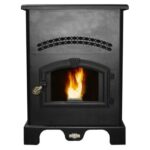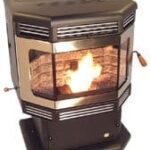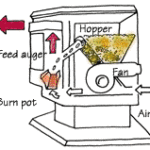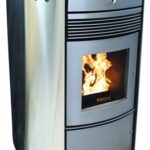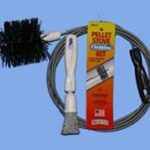A new wood stove can be a cost-effective alternative to a traditional heating system or boiler.
Wood stoves are available in two main types: circulating and radiant. Both are made of an outer cast-iron or steel shell, but circulating stoves have an inner pocket where air is heated and then moves out into the room, whereas a radiant stove simply absorbs the heat from the fire and radiates it out to the room. Both types are less efficient than furnaces and boilers, but they’re much more efficient than older wood stoves.
Pros & Cons of Burning Wood
Wood is cheap, renewable, and easily available, even if you live in the middle of a big city—stores, construction sites, and city offices may be willing to give you discarded pallets or scrap wood if you ask. You can also ask neighbors to set aside cut branches and other scrap pieces. As long as the wood is untreated and bug-free, it can be used to help heat your home. If you plant trees to make up for the wood you’re burning, wood stoves can have a very small carbon footprint.
However, wood is not a clean-burning, renewable fuel, although any stove you purchase now must be certified by the Environmental Protection Agency, which sets limits on emissions. Wood smoke releases carbon monoxide, nitrogen oxides, and small particles into the air, and though most newer wood stoves are sealed to keep smoke out of your home, leaks are still a concern. Wood stoves also require more work than other heating methods since you’ll have to chop or haul and load the wood as well as keep the ash pan clean.
Wood Stove Efficiency
To improve efficiency, some wood stoves have a catalytic converter or a baffle to get the most out of the fuel. With a catalytic converter, gases from the burning wood pass through it, where temperatures are high enough to ignite them and produce more heat. Catalytic converters may need to be changed every few years, which can add a couple hundred dollars per replacement to the cost of your stove. A baffle is simpler and lasts longer—it simply pushes gases back over the fire to reignite them.
Wood Stove Installation Tips
An incorrectly installed wood stove can be a fire risk, so it’s best to hire a professional—in fact, your local building code may require it. But long before installation, make sure you have chosen a stove that’s rated for the size of your house and the room where you’ll place it. Call your insurance company and make sure they’ll cover your home if you install a wood stove and inquire if it will change your premiums.
A wood stove should be placed against an interior wall if possible so that you don’t lose heat through an exterior wall to the outside. Make sure the necessary protective barriers are installed to protect the floors and walls, and complete any required inspections. Seal any leaks around doors and windows and add additional insulation to increase the energy efficiency of your home.
Cost and Cost Savings
Depending on the type of stove you buy and the availability of fuel, a wood stove can eventually pay for itself through reductions in your energy bill. The stove itself can cost up to $2,500, and wood may run several hundred dollars per year. Professional installation, including materials and labor, can cost up to $7,000.



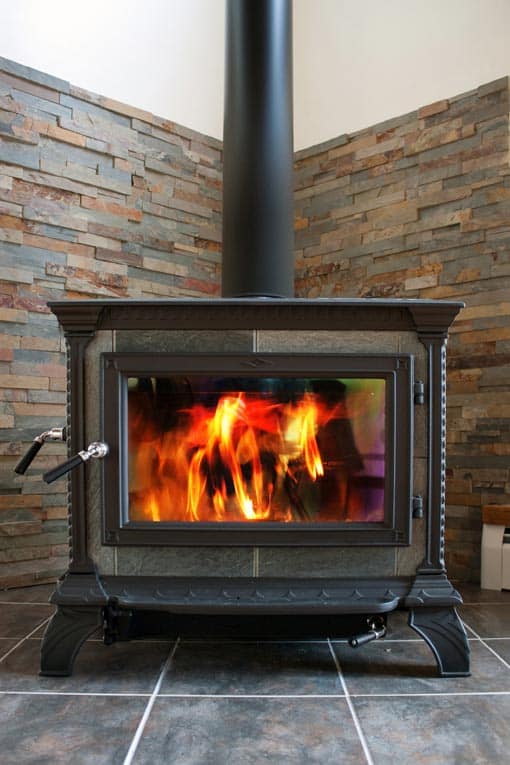
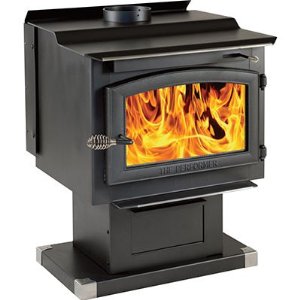
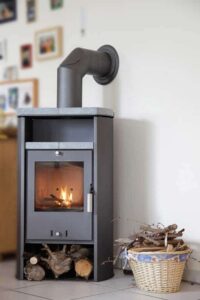

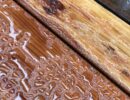
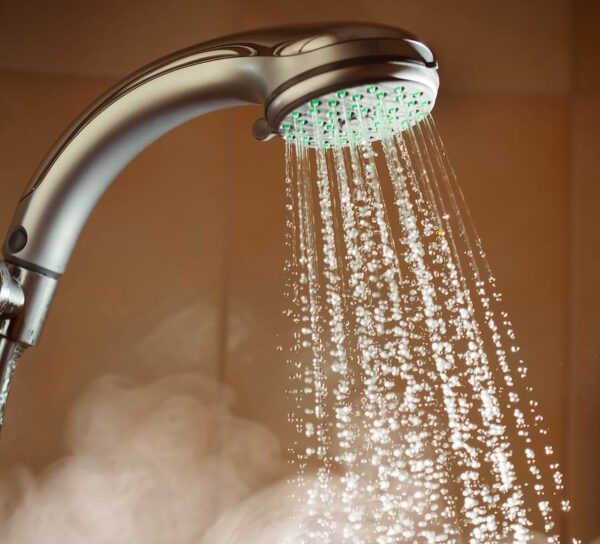

 Don Vandervort writes or edits every article at HomeTips. Don has:
Don Vandervort writes or edits every article at HomeTips. Don has:
